When It Comes to CAD, Function Beats Speed
A recent survey of more than 450 PCB designers reveals how designers benchmark their tools.
Good news, CAD vendors: Your customers don’t hate you. So says an October survey conducted by PRINTED CIRCUIT DESIGN & FAB. The two-week-long survey asked hundreds of printed circuit board designers, design engineers and other layout specialists how they use and think about various CAD tools.
The survey was spurred by a question posed by veteran PCB designer Bill Brooks, who asked, “What sort of data is available to benchmark the top four CAD tools out there?” What we learned might surprise some readers.
Despite the occasional rant, designers actually do like their CAD vendors, with the heavy majority giving high marks for service. But when it comes to selecting a tool, some of the features heavily pushed by vendors – autorouting stands out – are not as important as such fundamental if less sexy features like the parts library or even the GUI.
First, some notes about the demographics: Of the 451 designers who completed the survey, 86.2% consider themselves to be “experienced,” while 11.3% are in the “intermediate” stage of their career. Only 2.4% are “novices.”
Most of the respondents primarily design multilayer boards (four layers and up). Nearly 44% say they typically design multilayer “simple” boards, while 40.1% design multilayer “complex” boards. Smaller percentages say they typically design single-or double-sided through-hole and surface mount boards (Figure 1). A large percentage (79.4%) say they design mostly low-volume/prototype boards (under 500 boards per design built a month), while 20.6% design high-volume boards.
Almost a third of respondents work for large firms; 32.9% say their company has more than 1,000 employees. Another 8.2% work for firms with 500 to 999 employees; 16.2% say 100 to 499, while 20.9% say their company employs 10 to 99. Only 13.6% of those responding work for firms employing two to nine employees; 8.2% employ one employee.
[Ed.: To enlarge the image, right-click on it, then click View Image, then left-click on the table.)
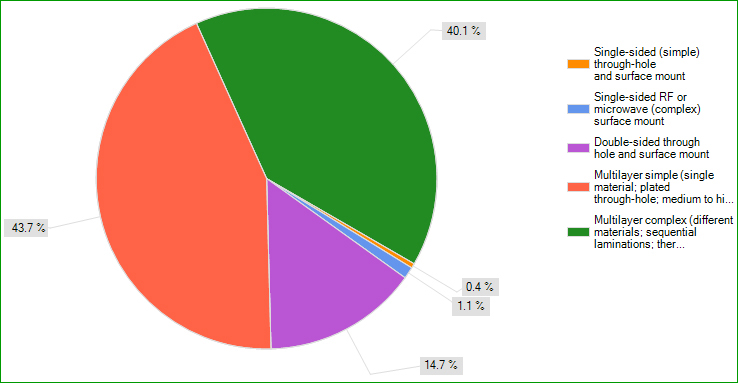
FIGURE 1. Type of board typically designed (n = 451).
While the designers’ companies have a large number of staff, the number of PCB design tool users within each firm (not just at their site) is small. Forty-five percent of respondents say the company has a total of two to five design tool users, and 20.4% say only one user. Another 12.1% say six to 10; 8.5% have 11 to 20; 6.7% say 21 to 50, and 2.2% have 51 to 100 design tool users in the firm; 5.1% say more than 100 users.
Schematic users in the company vary from one (14.1%); two to five (33.9%); six to 10 (12.7%); 11 to 20 (12.1%); 21 to 50 (8.9%); 51 to 100 (4.7%), and more than 100 (13.6%).
Circuit simulation users within the company are few, with about 70% having five or fewer. Some 9.4% of firms have six to 10; 6% have 11 to 20; 4.1% have 21 to 50; 1.9% have 51 to 100, and 8.2% have more than 100.
While the three largest CAD tool providers by revenue are Mentor Graphics, Zuken and Cadence, the respondents didn’t match up so neatly. Indeed, Cadence, Mentor Graphics and Altium users were most represented, with about 63% using OrCad or Allegro, 31.7% using Pads, and 39.2% using Altium Designer (Figure 2). Another 19% use Expedition, while 8% use Board Station. (Users were allowed to list more than one tool.)
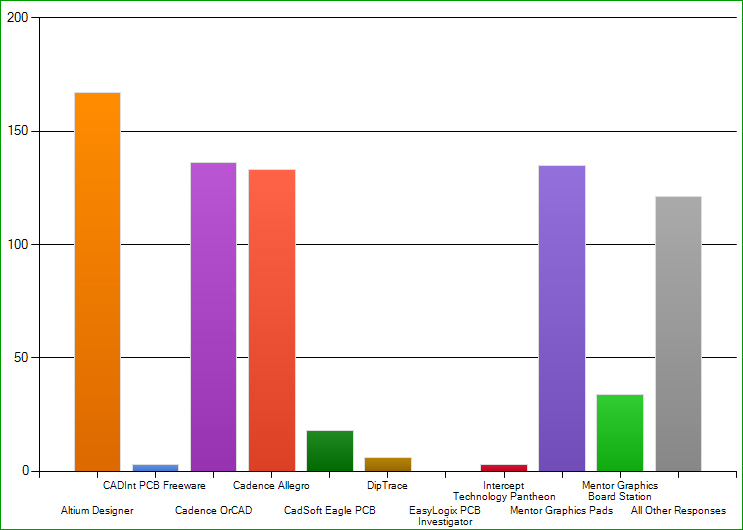
FIGURE 2: CAD tools currently used (respondents could choose more than one answer).
Just under 10% of the respondents indicated they use Zuken’s CR 5000, CADStar or CR 8000. Other CAD software such as CadSoft Eagle PCB, DipTrace, Intercept Technology Pantheon, and CADInt PCB Freeware received small percentages.
Not surprisingly, board designers are busy. When asked how many new designs they complete per year, 21.4% indicated more than 25 (Figure 3), and another 13% design 15 to 25 boards.
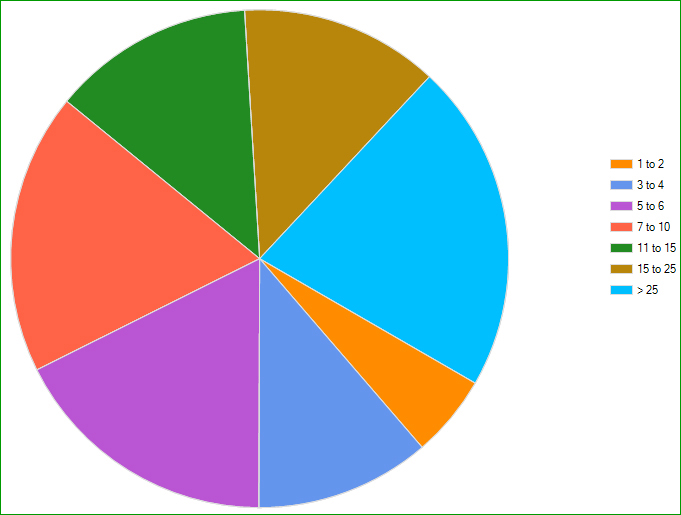
FIGURE 3: New board designs per year (not including respins).
Slightly more than half the responding firms (53.5%) have librarians who manage their CAD libraries, according to the survey, and slightly more designers (53.3%) design PCBs with high density interconnects than those who don’t.
Designers Like Their CAD Vendors …
The main reason for the survey was to gauge how designers feel about their primary tools – and tool provider.
One might not believe this from user message boards, but designers are generally happy with their primary vendor’s customer service. They were asked to rate the service on a scale of 1 to 7, with 1 being “poor” and 7 being “excellent.” Nearly 54% of respondents rated their vendor a 5 or 6, and another 11.5% of designers gave them a 7. Just 16% rated their vendor as a 3 or less.
A little more than half of survey respondents (52.8%) say the primary tool vendor’s customer/technical support is worth the expense. Designers say they most often use vendor support annually (40.4%) or monthly (32.1%), with few using it weekly (7.8%); 19.6% say “never.”
Designers were asked to estimate the total cost of ownership to produce successful PCB designs (purchase price, maintenance, training, libraries, process development, interfaces, etc.). It was basically an even split between one to two times and three to four times the base purchase price (Figure 4).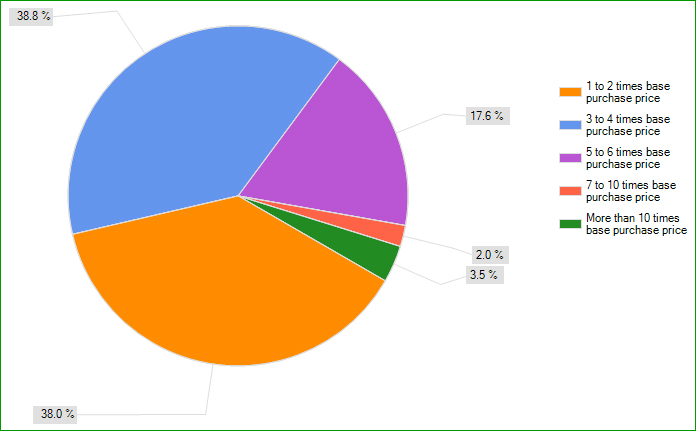
FIGURE 4: Total cost of ownership to produce a successful PCB design, relative to the tool base price.
Designers would prefer to own their design tools outright (69%), with 40.4% of those saying they’d also like the option to upgrade. Slightly more than 31% of respondents say they’d prefer an annual subscription that includes maintenance.
When asked how much primary tool vendors charge for support and maintenance, the most common response was six to 10% of the tool price (Figure 5). However, few charge less than that: A combined 17.2% charge 5% or less for support and maintenance or don’t offer it. 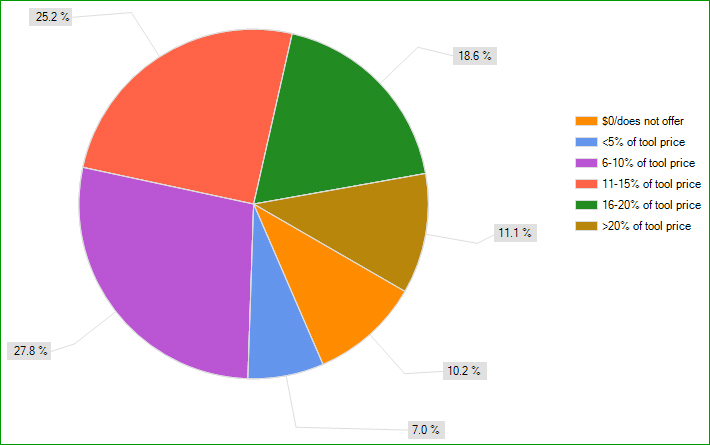
FIGURE 5: Typical maintenance and support add-on charges.
A substantial number of designers use their primary EDA/CAD tool for analog design (87.4%), and a significant 92% use their primary CAD tool for digital design.
While almost half of respondents (49.8%) say they don’t design RF/microwave boards, of those who do, one-third say they use their primary CAD tool for such designs. Other responses include Mentor’s Hyperlinx (8.8%), Agilent ADS (4.8%), AWR Microwave Office (3.2%), and CST Microwave Studio (1.2%).
Designers aren’t quick to install upgrades, with 68.8% waiting to see if others have problems with the patches first.
… But Not Necessarily Their Autorouters
Designers were asked to rate a series of criteria in terms of their importance in a PCB design tool. Here’s how the answers stacked up:
Most designers say design reuse is either very important (37.8%) or moderately important (38%). Another 16.9% were “neutral.”
Designers are divided on the importance of concurrent design, or different areas of the board designed in parallel. Only 17.1% say it’s very important, while 24.5% believe it to be moderately important, and 23.1% say it’s of little importance. The “not considered” category received 11.5% of responses.
Constraints (high-speed design rules, impedance, skew, topology, etc.) are high on the designers’ list, with 59.2% saying they are very important. Another 25.7% say they are moderately important. The rest of designers are “neutral” on the subject (9.7%), think they aren’t important (4.3%), or don’t consider them (1.1%).
A small number of the designers who responded to the survey find autorouting speed to be a very important feature of their CAD software (6.1%). However, 22.6% say it is moderately important, while 25.7% are neutral on the topic. Another 21% say it is of little importance, and 24.6% say it is “not considered.”
Autorouting accuracy is a somewhat different story, as 28.9% find it to be very important; 16.9% say moderately important; 16.3% are “neutral”; 12% say it is of little importance, and 26% responded “not considered.”
About 68% of designers say analysis features are either very important (27.6%) or moderately important (40.5%). Another 21.5% are neutral, while 10.4% either don’t believe they are important or don’t consider them.
DfM/DfT/DfA support is a priority, as more than 75% of designers list it as either very important (38.7%) or moderately important (36.4%). Less than 10% say it’s not important or don’t consider it.
Respondents find ease of design visualization another top priority, with 87.5% saying it’s either very important (51.7%) or moderately important (35.8%). A small percentage are neutral on the topic (11.1%), and only 6 of the 451 designers say it’s not important or “not considered.”
Also a priority is the ability to integrate with other EDA tools. Nearly 77% of designers say this is very important (40%) or moderately important (36.9%). Only 5.6% responded with “of little importance” (4.1%) or “not considered” (1.4%). Another 17.6% are neutral.
More than 91% of designers find ease of data importing/exporting to be very important (65.9%) or moderately important (25.3%).
Library creation is also paramount, with more than 93% listing it as very important (75.1%) or moderately important (18.2%).
Placement is another key element in PCB design software. Nearly 90% of designers say it’s very important (61.6%) or moderately important (28.2%).
A whopping 96.2% of respondents think user interface is very important (75.4%) or moderately important (20.8%).
Yet another important feature is manual/interactive routing, with 89.4% finding it to be very important; 8.3% say moderately important.
Design rule definitions also top the list, with 97.3% of survey respondents saying they are very (78.6%) or moderately important (18.7%). Design rule verification is also a high priority, with “very important” (82.7%) and “moderately important” (14.4%) eclipsing other responses.
Answers for mechanical and documentation capabilities were split between very important (46.3%) and moderately important (43.8%). Only 1.8% find them to be of little importance, while 7.2% are neutral.
What is apparent is that designers tend to agree on the important features they want out of their CAD tools, specifically DfM/DfT/DfA support, ease of design visualization, integration with other EDA tools, user interface, data importing and exporting, and library creation, to name a few. We did not ask how often designers change tools; that might be something to ask next time. It will be interesting to see if these numbers shift over time.
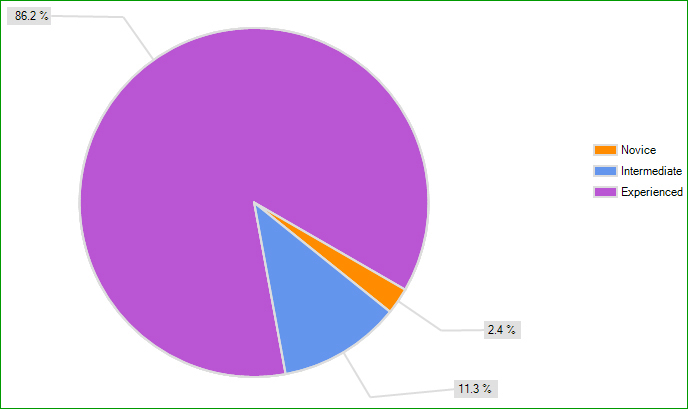
FIGURE 6. PCB design experience.
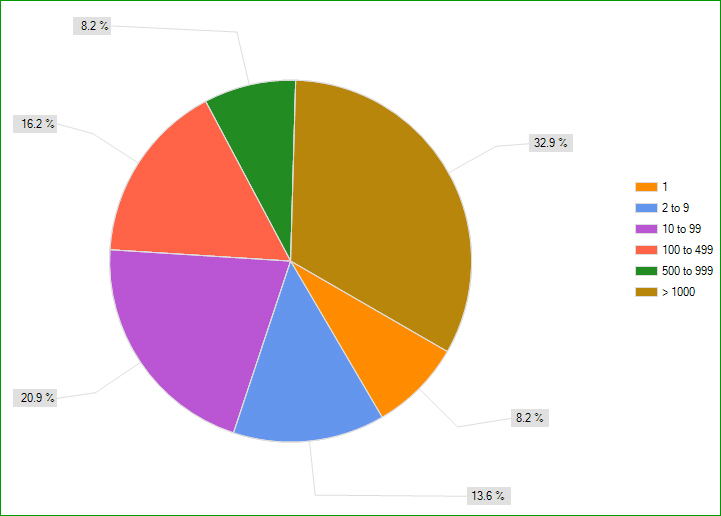
FIGURE 7. Number of employees.
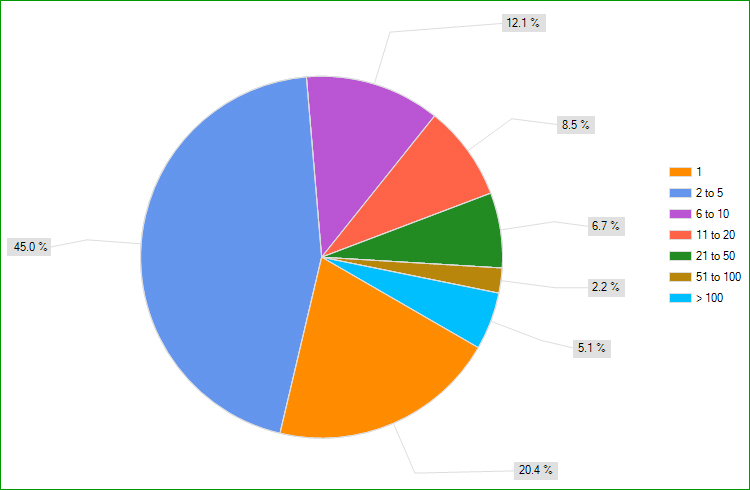
FIGURE 8. Firms’ PCB design tool users.
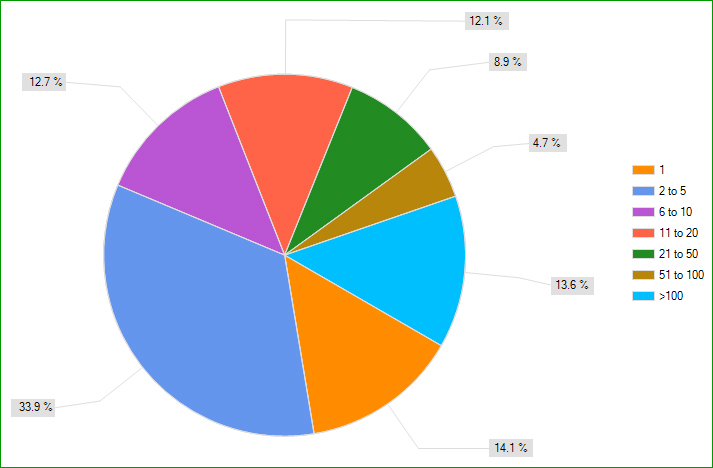
FIGURE 9. Firms’ schematic users.
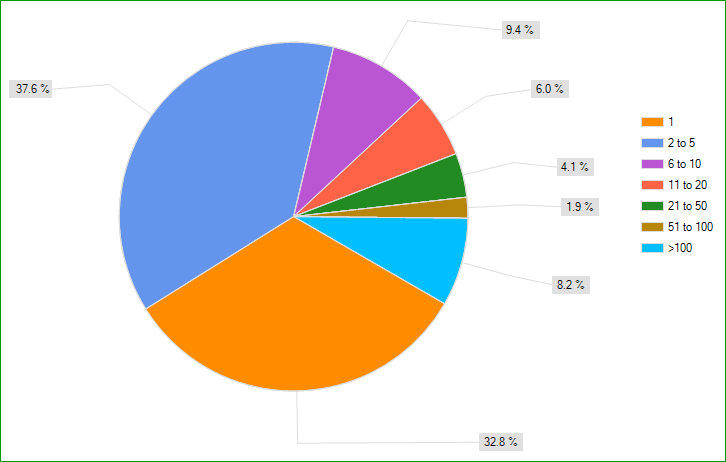
FIGURE 10. Firm’s circuit simulation users.
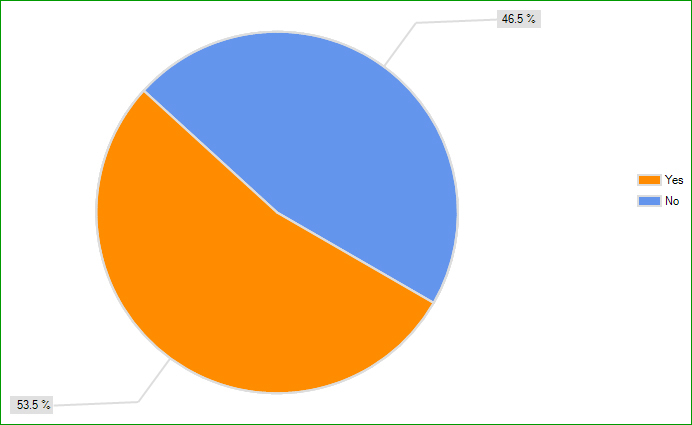
FIGURE 11. Company librarians who manage CAD libraries.

FIGURE 12. Volume of boards designed.
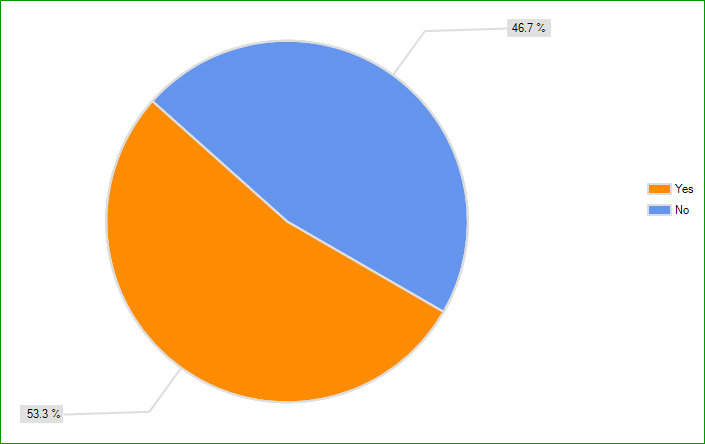
FIGURE 13. HDI used to design PCBs.
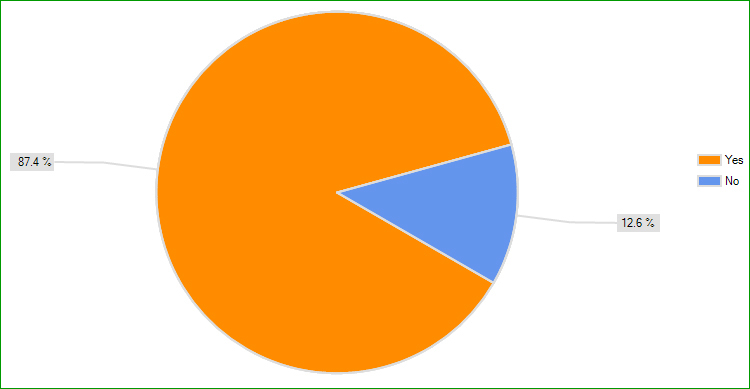
FIGURE 14. Primary EDA/CAD tool used for analog design.
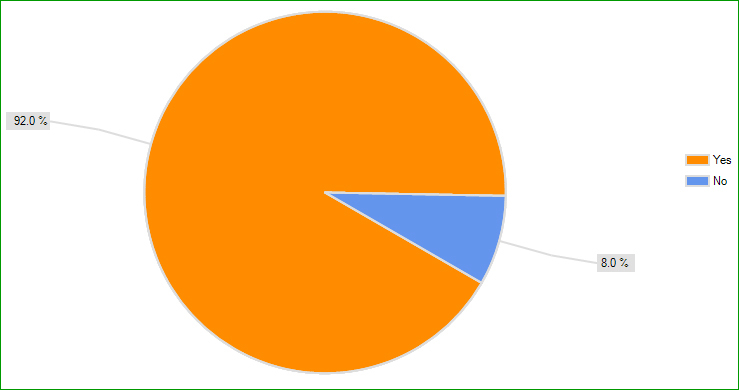
FIGURE 15. Primary CAD tool used for digital design.
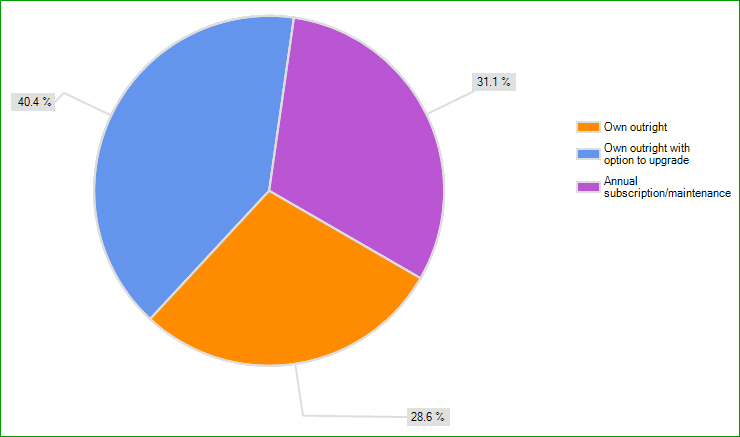
FIGURE 16. Preference for tool ownership.
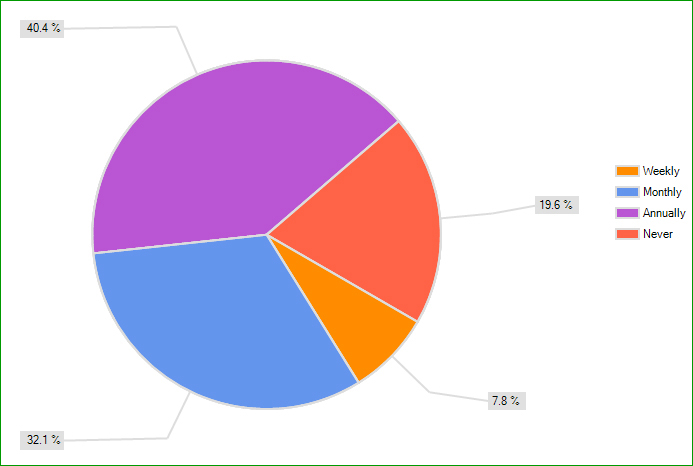
FIGURE 17. Frequency of primary tool vendors’ customer/technical support.
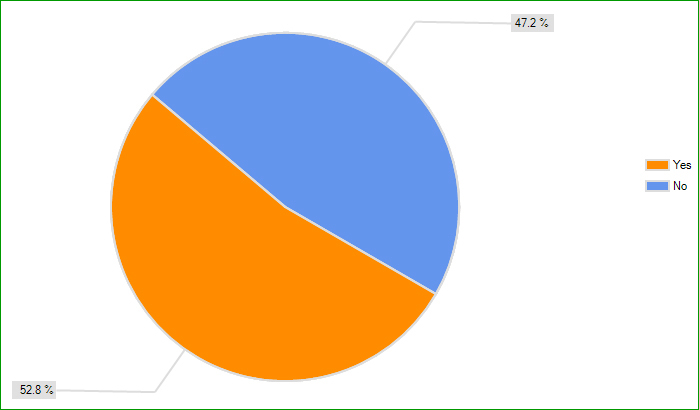
FIGURE 18. Is primary tool vendors’ support worth the expense?
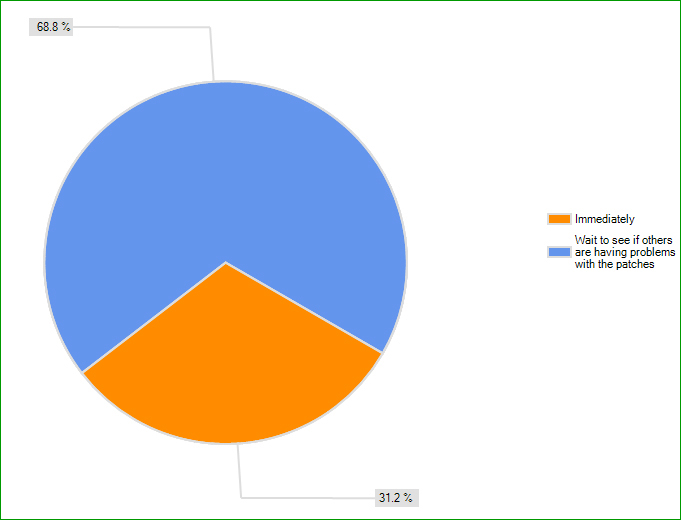
FIGURE 19. Upgrade installation.
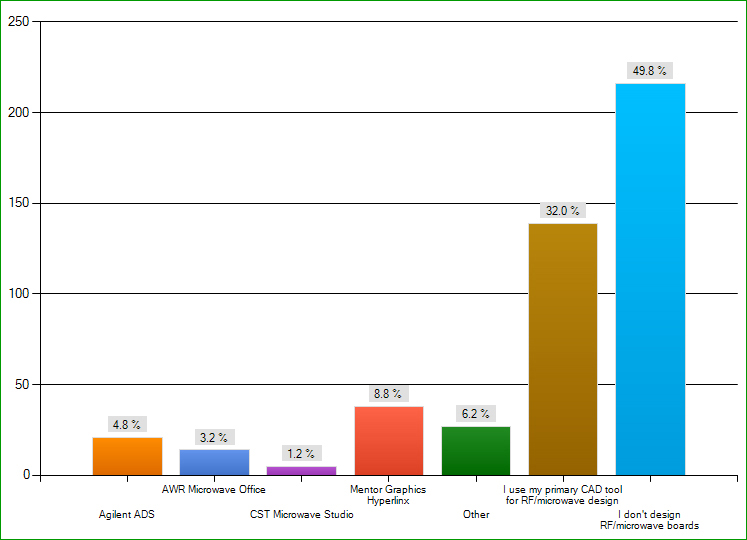
FIGURE 20. RF/microwave design software tool.
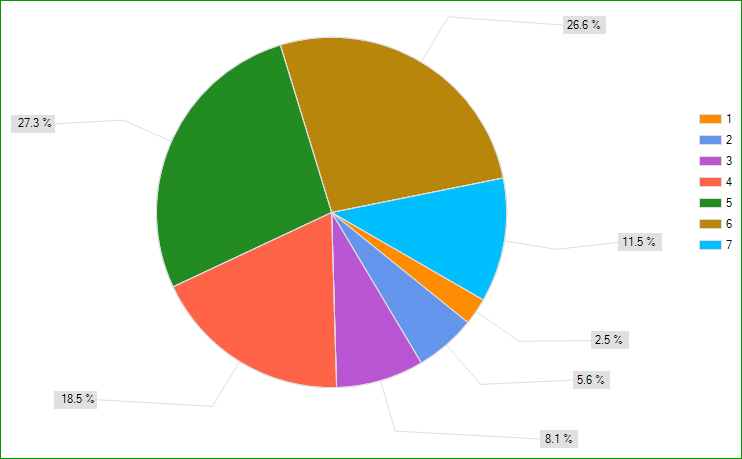
FIGURE 21. Ratings for primary vendors’ customer service (1 = poor, 7 = excellent).
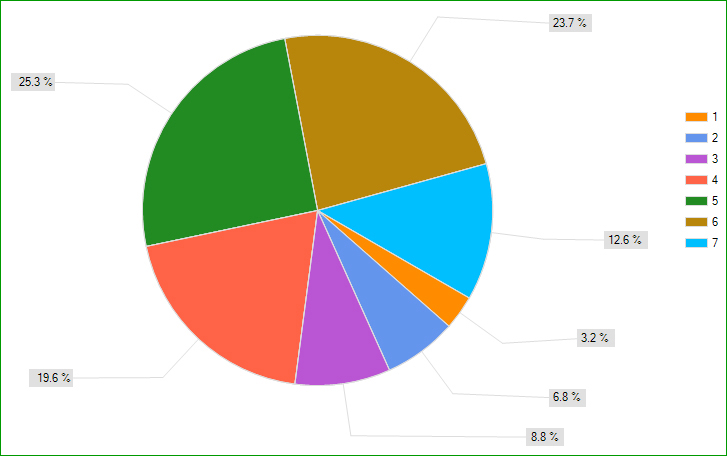
FIGURE 22. Satisfaction with vendors’ customer service (1 = poor, 7 = excellent).
Chelsey Drysdale is senior editor of PCD&F (pcdandf.com); This email address is being protected from spambots. You need JavaScript enabled to view it..




